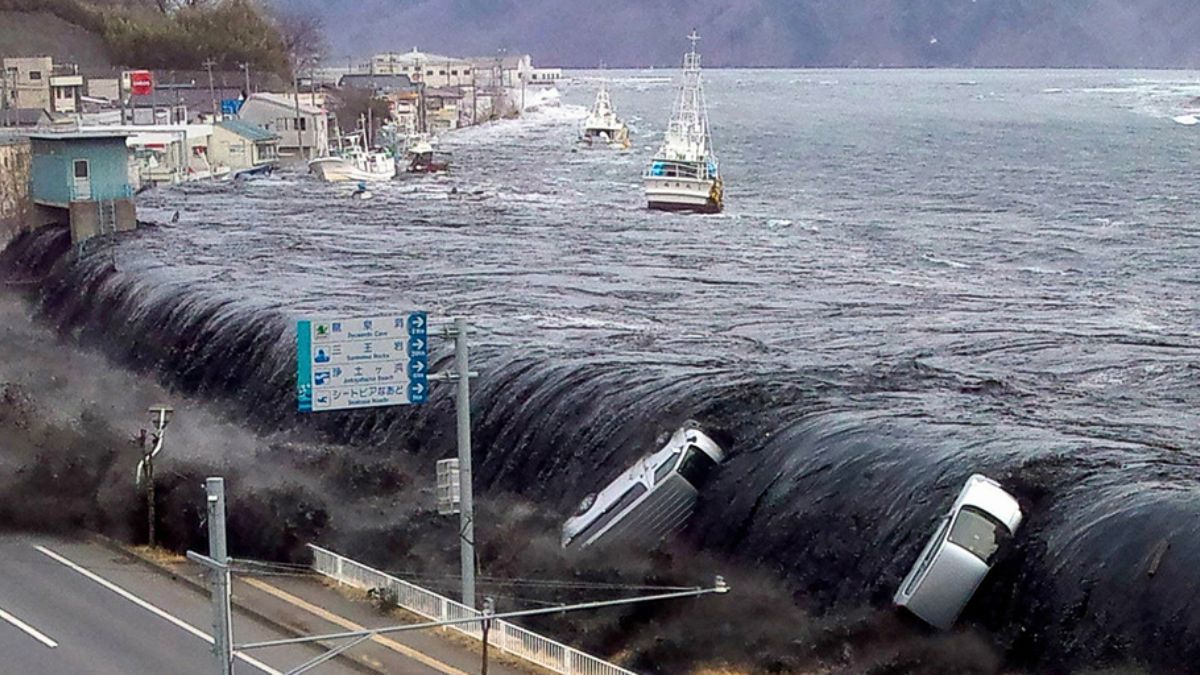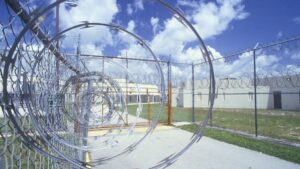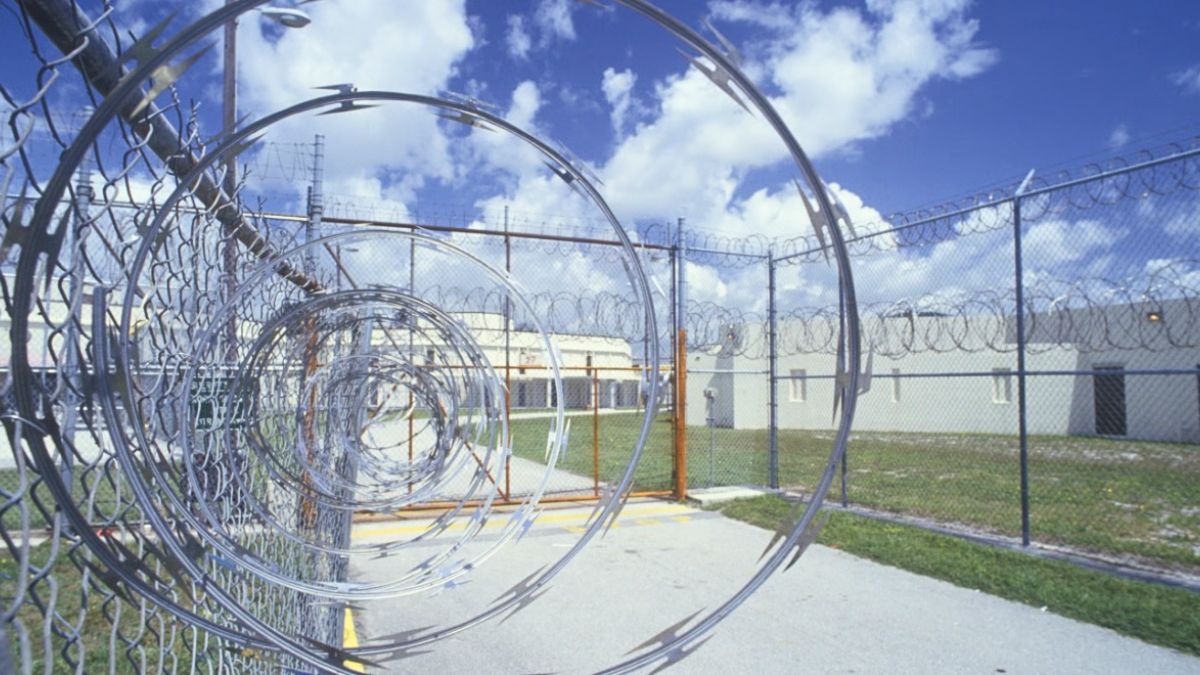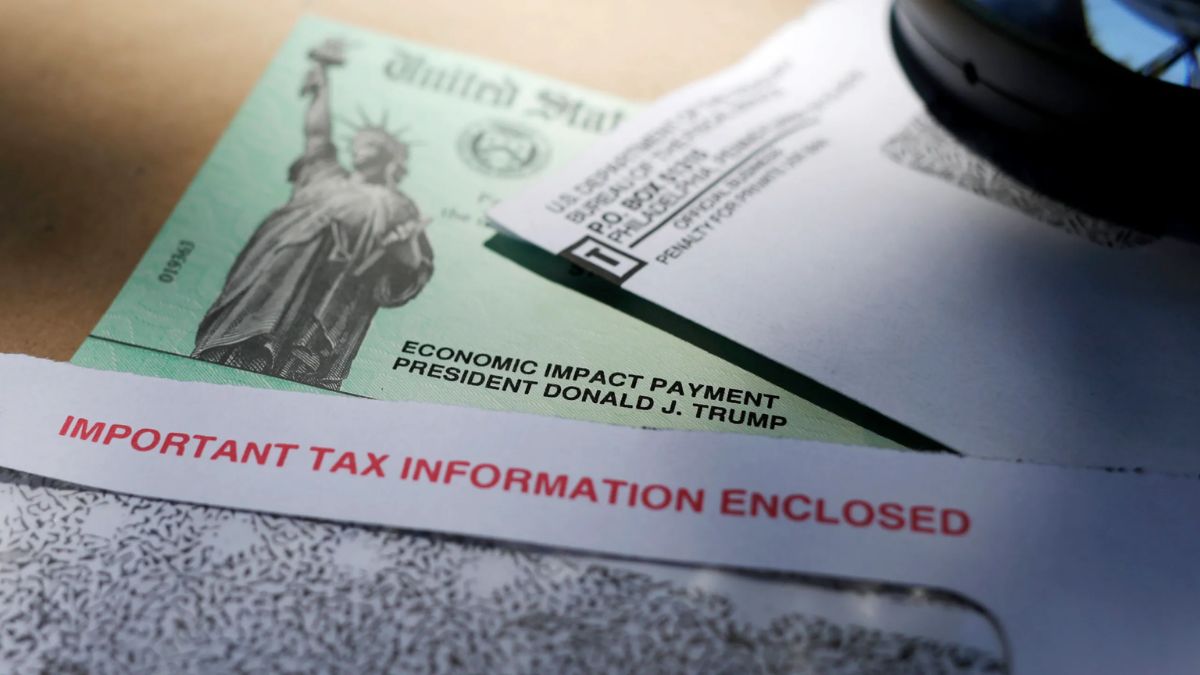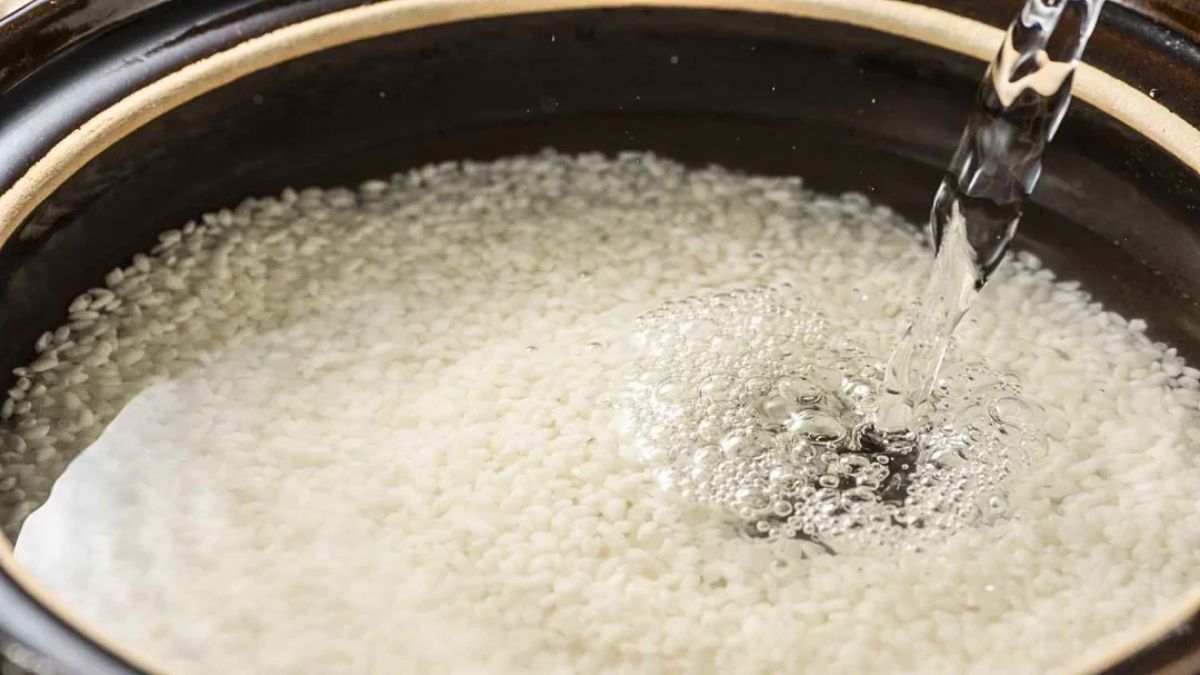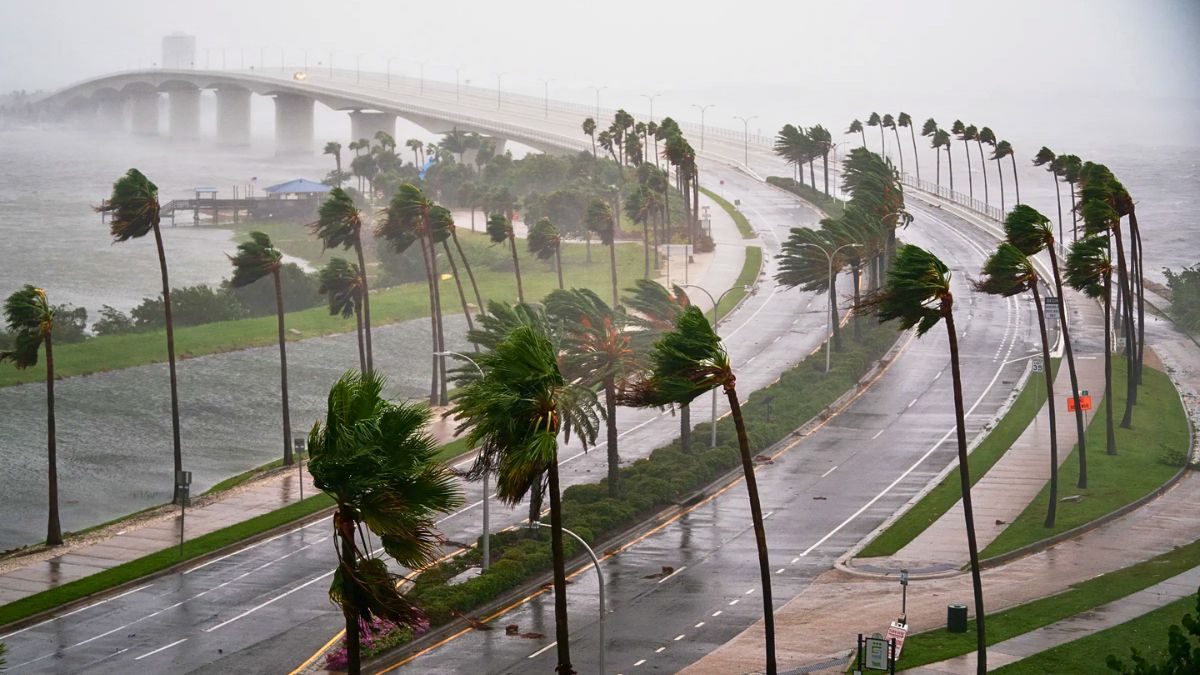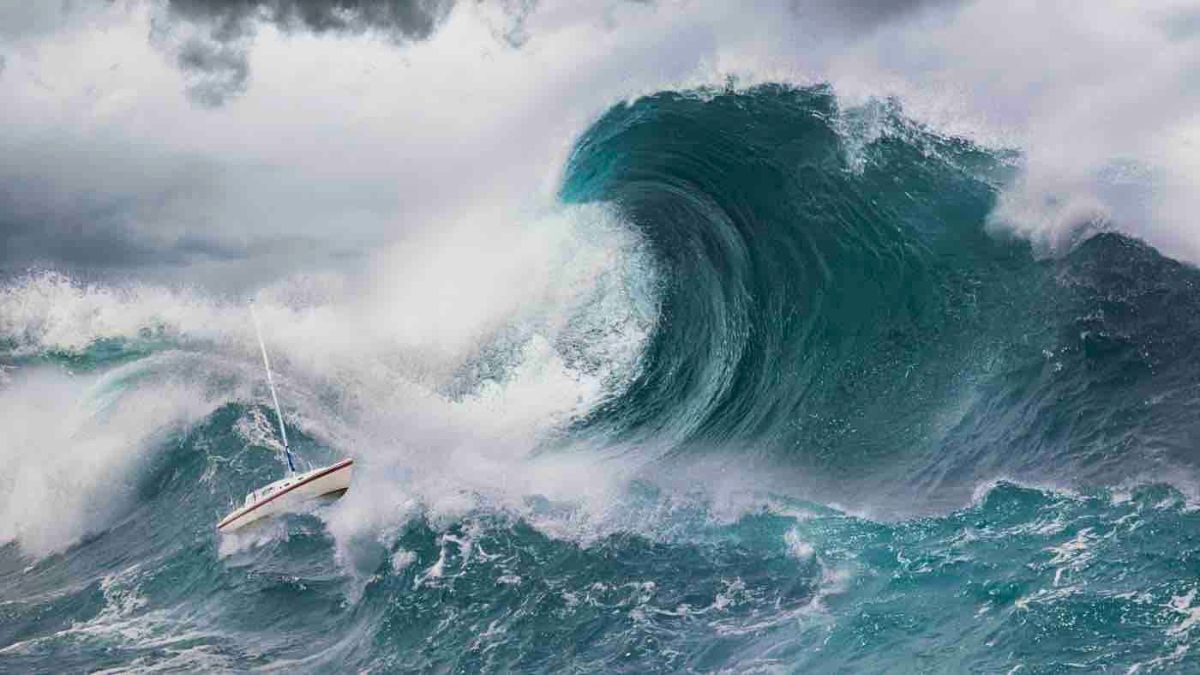A powerful 8.8-magnitude earthquake recently shook Russia’s Kamchatka Peninsula, setting off tsunami warnings across vast areas—from Alaska and Hawaii to the west coast of the U.S. and parts of Mexico. While the initial reports suggest only moderate waves, the event is a wake-up call: do we actually know what to do if a tsunami is coming?
Knowing how tsunamis work—and how to react—could be the difference between life and death. Let’s break it down.
Tsunamis
A tsunami isn’t just one big wave. It’s a chain of massive waves caused by a sudden jolt under the ocean—usually from an earthquake, volcanic eruption, or underwater landslide. Unlike regular waves that dance on the surface, tsunamis move the entire water column, from the seafloor to the surface.
Out at sea, these waves can be invisible. But when they near the coast, they grow in height and energy, forming towering walls of water. And here’s something most people don’t know—the first wave isn’t always the worst. Later ones can be even more destructive.
Returning to the shore too early to “check things out” is one of the deadliest mistakes.
Warnings
Before sirens blare or your phone pings, nature may already be warning you.
These are some common signs to look out for:
- A long or strong earthquake (20+ seconds): this could trigger a local tsunami.
- Sudden retreat of the sea: if the water pulls back quickly, revealing rocks and the seabed, get out fast.
- A roaring sound: like a freight train or distant plane—this often means a wave is closing in.
If you notice any of these, do not wait for confirmation. Move to safety immediately.
Evacuation
So, where should you go?
- High ground is the safest choice. Move inland or find a tall hill.
- If none are nearby, look for a strong, multi-story building. Climb as high as you can.
- Avoid the shore. Don’t try to film the wave. Don’t try to “get one last look.”
In harbors or ports, leave your boat and head for land—especially if the earthquake was nearby. If the tsunami is from far away, authorities might instruct boat owners to go to deeper waters, but only follow official instructions, not guesswork.
Aftermath
Even if the first wave passes, danger isn’t over. The sea may send more waves over several hours, and the currents stay strong long after the last crest crashes.
Also, floodwaters are often filled with toxic waste, fuel, or sewage. Even standing water can be dangerous. When you return—only after authorities say it’s safe—check buildings for cracks, broken pipes, or electric risks. And remember: any food or water touched by floodwater is contaminated.
History
This isn’t the first reminder of the ocean’s power. The 2004 Indian Ocean tsunami killed over 230,000 people in 14 countries. And in 2011, Japan saw waves over 10 meters high devastate Fukushima.
The recent quake in Kamchatka is just the latest signal that these events can happen at any time, anywhere, without warning.
Preparedness
We can’t control the ocean. But we can control how we respond. That means:
- Learning to recognize nature’s signs
- Knowing evacuation routes
- Practicing safety drills
- Following official alerts immediately
With the right awareness and action, the difference between surviving or not may come down to just a few minutes.
FAQs
What causes a tsunami?
Tsunamis are caused by underwater earthquakes, landslides, or eruptions.
What’s the first sign of a tsunami?
A long, strong earthquake or sudden sea retreat are common signs.
Is the first tsunami wave the most dangerous?
Not always. Later waves can be even larger and more destructive.
Where is it safest during a tsunami?
Move to high ground or upper floors of strong buildings.
When is it safe to return after a tsunami?
Only after authorities give an official all-clear signal.

